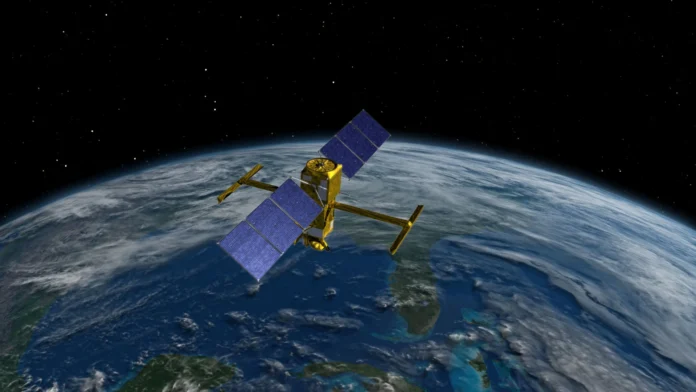The mission will conduct extensive research aimed at shedding new light on the mechanisms and consequences of climate change.
A NASA-led international satellite mission is scheduled to launch from Southern California to conduct the first comprehensive survey of the world’s oceans, lakes and rivers. A large-scale earth science project will use an advanced radar satellite called the Surface Water and Ocean Topograph (SWOT) to give scientists unprecedented opportunities to study the life-giving fluids that cover 70% of the planet and help scientists understand the mechanisms with shed new light on the results of climate change. The Falcon 9 rocket, owned and operated by billionaire Elon Musk’s commercial launch company SpaceX, will launch before dawn on Thursday from the Vandenberg Space Force Base, about 275 kilometers (170 miles) northwest of Los Angeles Schedule SWOT to get you on track.
If the mission goes according to plan, the satellite should provide research data within months. It took almost two decades to develop his SWOT, which incorporates advanced microwave radar technology. Scientists say height-to-surface measurements of oceans, lakes, reservoirs and rivers need to be collected in high resolution and detail for 90% of the planet. Data collected from two or more radar scans of the Earth will improve ocean circulation models and improve forecasts of weather and climate, which will be rare in drought-stricken areas, researchers say One of the mission’s main goals is to analyze how the oceans absorb atmospheric heat and carbon dioxide in natural processes that mitigate global temperature and climate change. The satellite is designed to precisely measure subtle differences in surface elevation around small ocean currents and eddies where much of the ocean’s heat and carbon removal is thought to occur. According to NASA’s Jet Propulsion Laboratory, which designed and built the satellite, SWOT can do it at ten times the resolution of existing technology. This is the first mission to observe nearly all of the water on the Earth’s surface, said JPL scientist Ben Hamrington, who also leads NASA’s sea level change team. Studying the mechanisms by which this happens will help climate scientists answer important questions.
NASA SWOT program scientist Nadia Vinogradova Schiffer said: “When will the tipping point occur where the oceans will start releasing large amounts of heat into the atmosphere instead of absorbing it, accelerating instead of limiting global warming? Freshwater bodies are another SWOT focus, covering nearly all river lengths over 100 meters (330 feet) wide and over a million lakes covering an area of 62,500 square meters (15 acres). And you can observe the reservoir. By repeatedly inventorying the Earth’s water resources during his three-year SWOT mission, the researcher will be able to more accurately track variations in Earth’s rivers and lakes during seasonal changes and major weather events. Become. intent. Collecting data like this will help “study the pulsations of the world’s water systems to see when they race and when they slow down,” said Tamlin Pavelsky, director of freshwater sciences for NASA’s SWOT.



